Save Your Ash
Chicago's urban forest is under threat and in decline. Community groups and residents can keep healthy, mature trees alive and preserve a strong neighborhood canopy with Save Your Ash
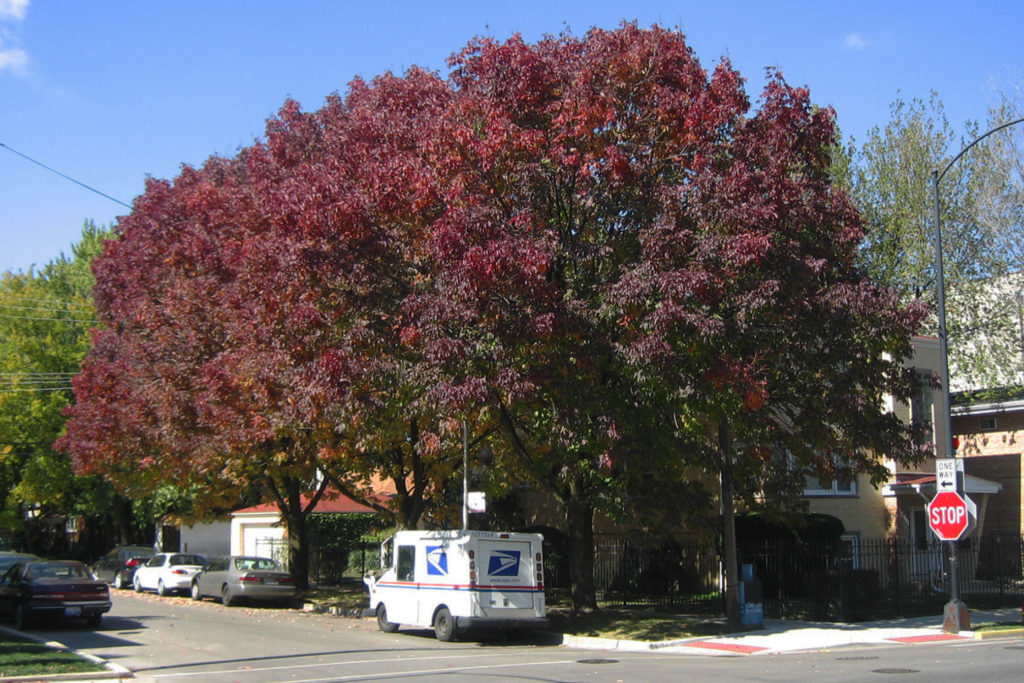
Ash trees make up at least 15% of Chicago's street trees, but they are under constant threat from a deadly pest, the Emerald Ash Borer (EAB), an exotic beetle from Asia responsible for killing over 30 million trees in the northeastern United States and Canada. Beetles larvae kill branches and within a few years, entire trees.
There is an affordable and effective treatment that protects healthy Ash trees for up to three years. The treatment is an inoculation, preventing infestation. Until 2019, the City of Chicago treated all Ash trees in the public parkways against EAB, but is now focused solely on removing dead and infected Ash.
Individual residents and community groups can work with approved arborist vendors to access EAB treatment for trees in the public parkway and private property.
Save Your Ash, preserve mature & healthy street trees, and maintain a strong neighborhood canopy! Learn more about EAB.
How Do I Save My Ash?
Interested residents can work directly with an any arborist vendor listed below or choose to work with a community group to Save Your Ash. If you have an Ash tree on your parkway or private property and would like to work with a vendor directly, please contact any from the list below.
If you would like to work with a community group to treat your ash tree AND preserve your neighborhood canopy, check the list below to see if an organization in your area has an active Save Your Ash campaign. If so, reach out at the email address listed. You can donate to Save Your Ash through NRC, and with donated funds your community group can arrange for treatment of a tree or trees on your block. Any additional donated funds can protect trees on your block and in your neighborhood!
If you would like to organize a group in your neighborhood to raise awareness and get your neighbors involved, contact Carson Poole at cpoole@northrivercommission.org for more details on how to get started!
If you are working with a group, you can make a tax deductible donation to NRC to arrange for treatment:
- Use NRC’s donation page to direct your contribution http://northrivercommission.z2systems.com
- Be sure to include the name of the civic organization you are working with!
- NRC will work with the organization and ensure donated funds are used in line with each donor's intent
Neighborhood Campaigns
Civic Association Map - Check here to see if you live within the area of one of these neighborhood groups that is raising awareness and funds to treat ash trees.
Arcadia Terrace - arcadiaterracetrees@gmail.com
Horner Park Neighbors (HPN) - hornerparkneighbors@gmail.com
The Residents of Irving Park (TRIP) - trip60618@gmail.com
People of East Albany Park (PEAP) - PeapBlockClub@gmail.com
Albany Park Neighbors (APN) - albanyparkneighbors@gmail.com
Hollywood North Park Community Association (HNPCA) - hnpca1951@gmail.com
North Mayfair Improvement Association (NMIA) - info@northmayfair.org
Heart of Lincoln Square Neighbors Association (HOLS) - beautification@heartoflincolnsquare.org
Greater Rockwell Organization (GRO) - vp@greaterrockwell.org
Lincoln Square North Neighbors (LSNN) - lsnneighbors@gmail.com
If you'd like to donate to any of these groups' campaigns, North River Commission can help! See our donation page here, and specify the civic association you want to give to.
Chicago EAB Partner Vendors
Contact for treatment at reduced rates when you mention "Chicago EAB"
The Davey Tree Expert Company - 312-492-7206
Kinnucan Tree Experts & Landscape Company - TJ Blockhus, 847-234-5327
SavATree - Chrissy Morales, 847-729-1963
TruGreen - Joel McKay, 708 -297-9913
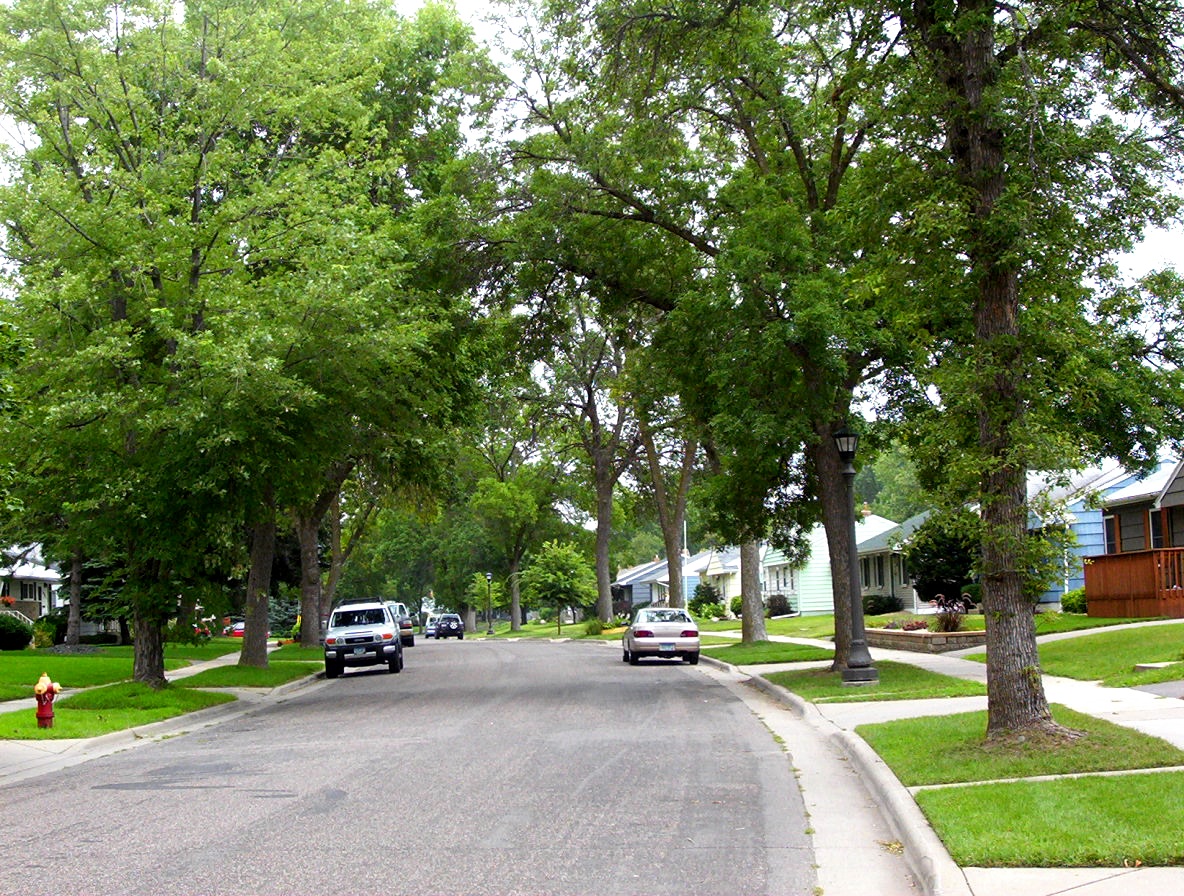
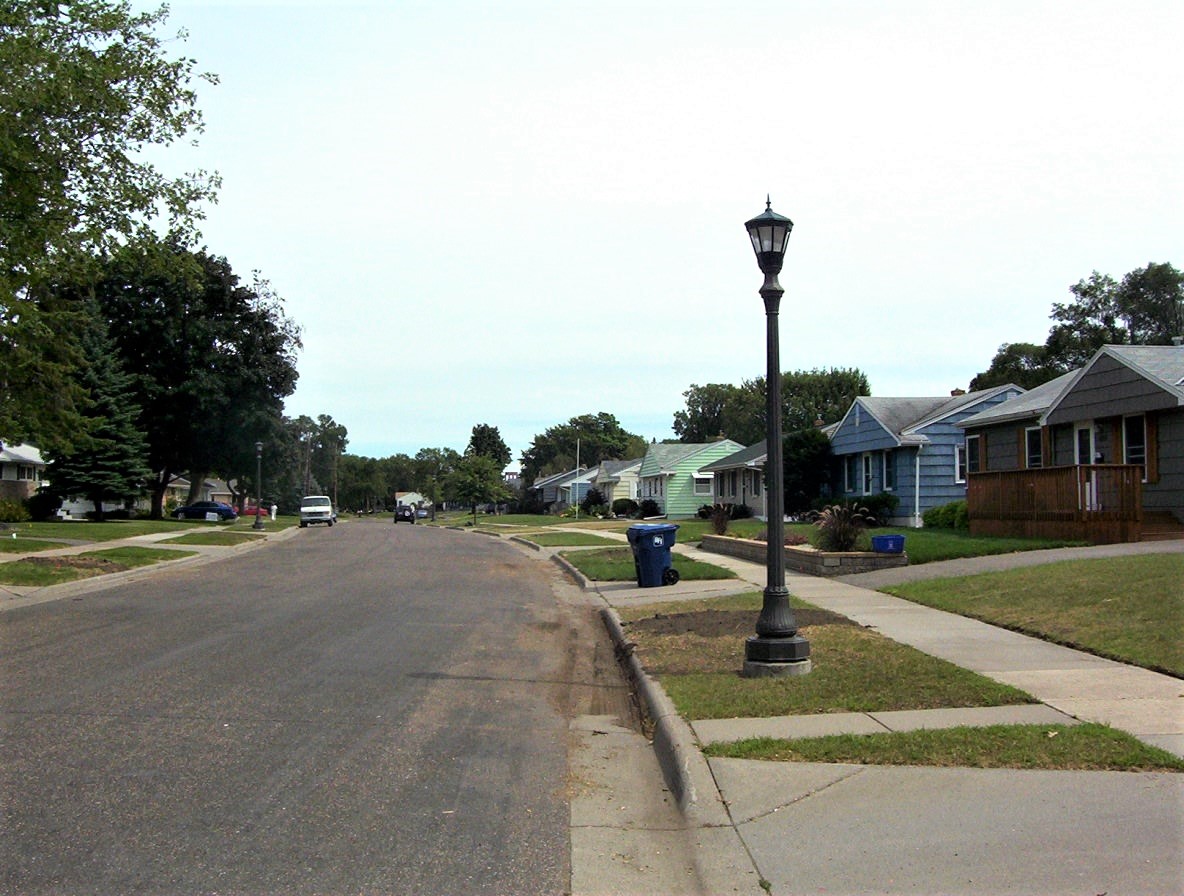
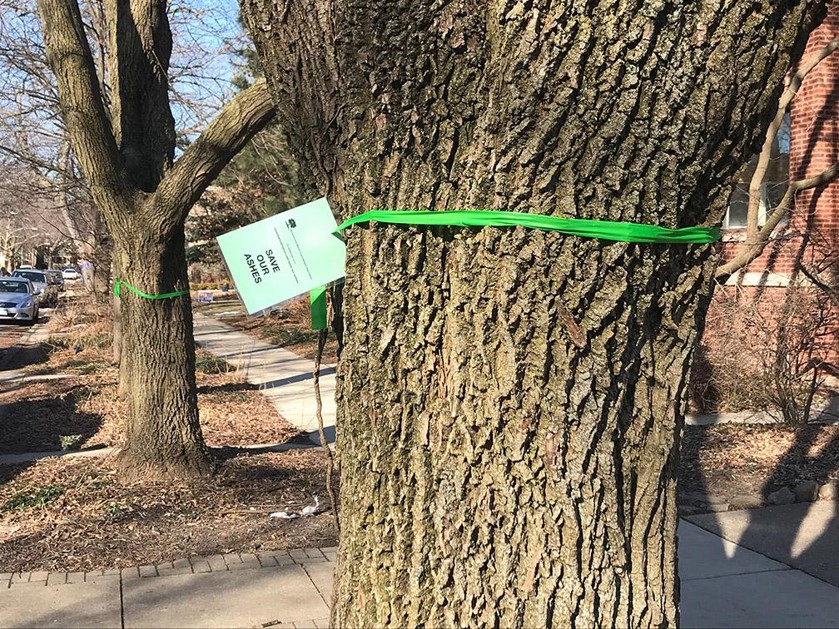
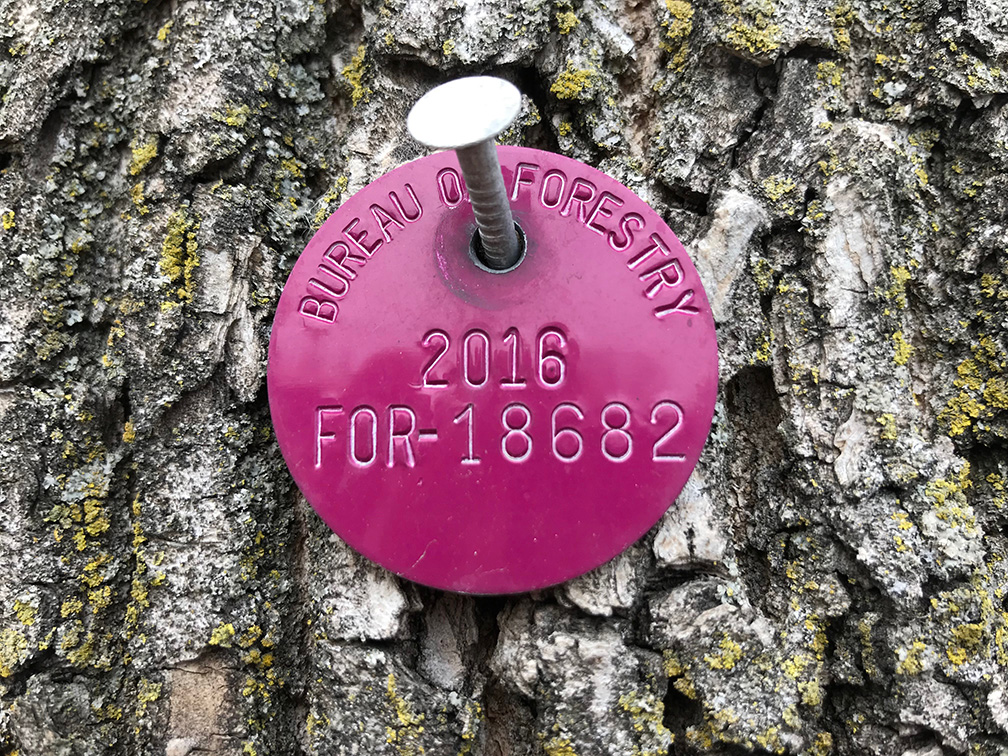
FAQ
Why Save Ash Trees?
A full, healthy and mature tree canopy improves our urban environment and sustains our physical and mental health. Trees reduce flooding and erosion, help conserve energy through decreased need for air conditioning, increase business income on commercial streets, filter odors and polluting gases, provide habitat for native animals and insects, beautify residential blocks and enhance quality of life by reducing stress and enhancing healing.
When the city of Chicago began inoculations in 2013 there were 94,000 Ash trees on Chicago’s parkways. Today, fewer than 50,000 remain. If left untreated, we will continue to see devastating loss to our urban canopy that will take decades, and millions of dollars in public money to replace. A combination of treatment for the largest and oldest trees and selective removal of smaller and infected trees is a more cost-effective and sustainable solution that will preserve the integrity of the canopy over a longer period of time.
Should All Ash Trees be Treated?
Not necessarily. Because our urban tree canopy is in danger from EAB, we need a triage approach to the crisis. First, treat the healthiest and largest Ash trees; second, treat infested Ash trees that arborists deem most likely to survive with inoculation.
The professional arborists listed above will assess your trees and ensure they are healthy enough to benefit from treatment. It should be noted that even after a tree is treated, City of Chicago Bureau of Forestry has the authority to cut it down.
What if our Community Can't Afford Treatment?
Contact North River Commission for assistance with organizing, fundraising, and all other concerns.
Email Carson at cpoole@northrivercommission.org or call him at 312-860-2144 to discuss further.
While the City of Chicago Department of Streets and Sanitation Bureau of Forestry does not have a budget or staff allocated to treating Ash trees, it is good to remind your elected officials that protecting your neighborhood's canopy is important to you!
What is Used to Treat the Trees? Can I be Confident with this Solution?
The treatment product used is TREE-age, provided by Arborjet, the developer of this protocol against EAB.
This treatment is an environmentally responsible approach to saving our Ash trees. Treatment is injected directly into the tree and sealed behind a special plug, targeting the Emerald Ash Borer larvae inside, but protecting the environment at the same time. It remains in the tree for several years. There is nothing placed in the soil or air.
The treatment that is used by the partner tree care vendors listed on this page is the exact same product which was used by the City of Chicago Department of Streets and Sanitation Bureau of Forestry for 10 years, concluding with the program ending in 2019. It has been used to save millions of ash trees across the country.
For further discussion on the effectiveness and environmental safety of this treatment chemistry see the fact sheet below from researchers at Ohio State, Michigan State University, Purdue University, and Colorado State University.
http://www.emeraldashborer.info/documents/Multistate_EAB_Insecticide_Fact_Sheet.pdf
Have Questions? Need Support? Contact NRC below for more information, resources, and assistance to treat ash trees in your neighborhood.
Urban Canopy and EAB Resources
For information about managing EAB, see this slideshow discussing treatment from Arborjet.
For more information about EAB and the benefits of a healthy urban canopy, visit
- Emerald Ash Borer Information Network
- Urban Canopy Works
- Chicago Region Trees Initiative
- WTTW: The Ash Tree’s Last Stand, And Why It Matters
*** Please note that the above organizations do not sponsor, endorse, or partner on this program. They are sources of information about our region's trees and urban forestry management.
Arborjet is a provider of environmentally responsible plant health care products, and a leader in trunk-injection treatment of trees that has saved millions of trees over the last 20 years.
Arborjet was initially developed by arborists for arborists in order to effectively manage and control the many exotic and native insects, pests, and diseases threatening our natural and urban forests. Founded in 2000 by Peter M. Wild, owner of Boston Tree Preservation in Woburn, MA, Arborjet was established out of Peter’s intent of finding a way to control Hemlock Woolly Adelgid, saving thousands of trees since the company’s inception. Today, as the leading provider of tree care solutions, that same passion for innovation and service drives Arborjet to expand the types of technology created and industries served, changing the face of plant health care.

